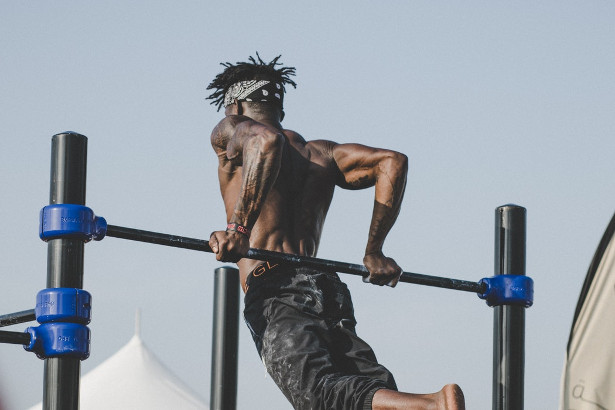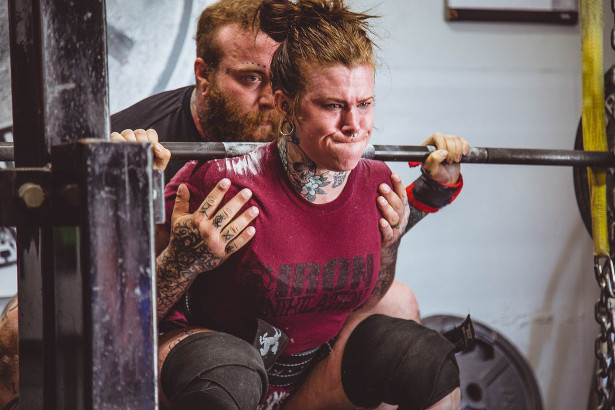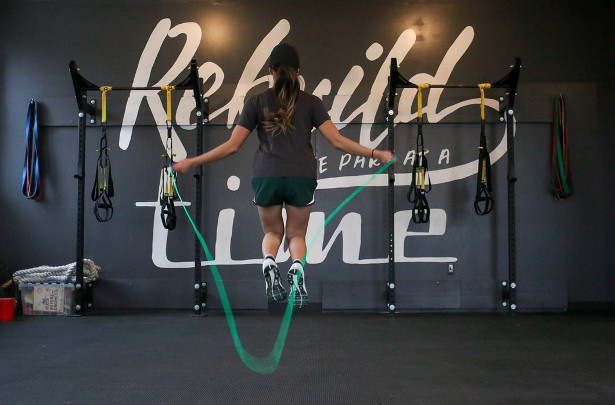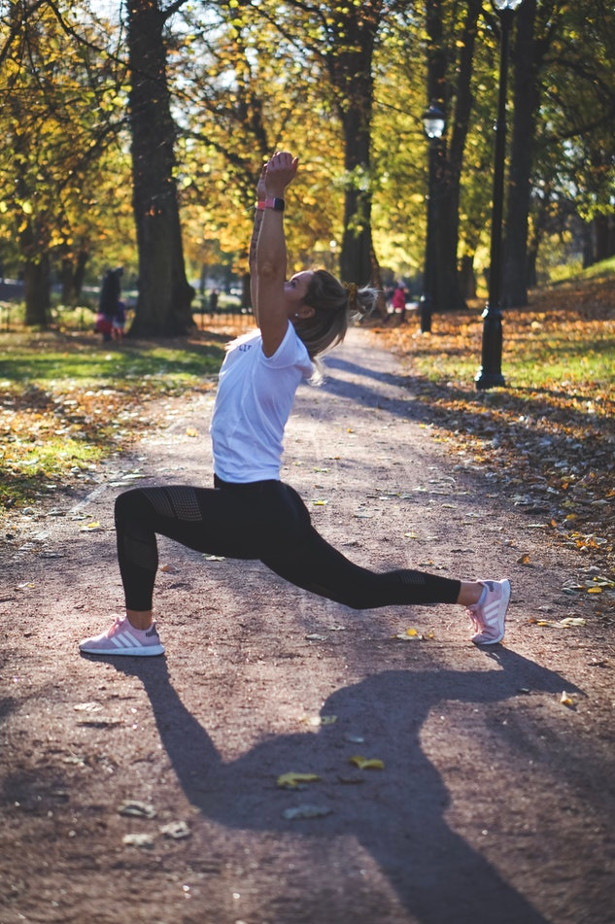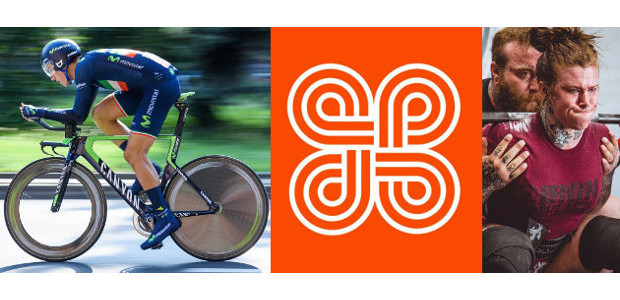Muscle cramping and recovery
Rob Hobson, Head of Nutrition at Healthspan
www.healthspan.co.uk

& www.healthspanelite.co.uk
TWITTER | FACEBOOK | YOUTUBE | PINTEREST
Most people at some point have experienced muscle cramping and it can happen to anyone at any time regardless of fitness. One minute you’re having the best workout and the next you’re blindsided by a tight, pinching pain which is excruciating enough to bring your training or competition to a halt.
What is cramp?
This is when your muscle spasms into a hard, tense state and painful state that can’t be relaxed. Theoretically, any muscle can cramp but mostly it’s those found in the calf, foot and thigh (front and back) which are more prone to the condition. Cramping can ease after a few minutes but in some cases could last for a longer period of time.
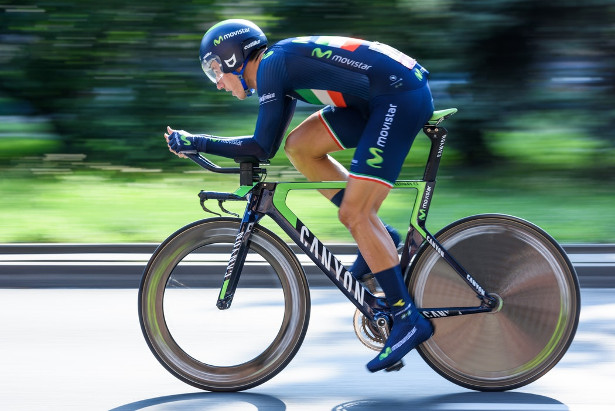
What causes cramp?
Exercise is often a factor for cramp and can occur during or immediately after. Cramp is more likely to occur at the end of an intense workout or during endurance events muscles are more easily fatigued. Novices may be more prone to cramp than seasoned professional given their propensity to fatigue more quickly and should progress there training carefully to avoid the condition. Muscle tightness from not stretching or being particularly active may also have a role to play so warming up before you exercise may be useful. Another factor for cramp is environmental as it often occurs more frequently in the heat, especially if you’re not used to training in hot conditions.
The exact cause of cramp is not fully understood, and studies often produce mixed results, but these are some of the more common reasons why experts think they occur:
Dehydration
Keeping well hydrated during exercise is essential for many aspects of training and performance and it has been shown that consuming enough fluids may help to reduce the risk of cramp or at least delay the occurrence of it. Dehydration may increase your risk as the fluid outside of the cells decreases causing nerve endings to bunch together and spontaneously discharge (muscle twitch), which may lead to a cramp. The amount of fluids required depends on the individual and intensity of exercise. Create your own personal. hydration plan to fit in with your training and be sure to account for heat in warmer climates.

Electrolyte imbalances
Fluid balance in the body is controlled by electrolytes which are salts and minerals such as sodium, potassium and chloride found in the blood. This balance is achieved by osmosis where water moves through cells membranes from a diluted solution (more water and fewer electrolytes) to a more concentrated solution (less water and more electrolytes). This process prevents cells from becoming too full and bursting or shrivelling up due to dehydration.

Electrolytes are lost in sweat during exercise and the one of most concern is sodium. Muscle cramps may occur when the concentration of sodium in the blood decreases. Electrolyte tablets added to water (such as Healthspan Elite Activ Hydrate – £9.99 for 40 tablets) not help the body to hydrate more effectively but are also useful if you’re prone to cramping.
Don’t be carb-phobic
Carbohydrates are converted into glucose in the body which it uses as its primary source of fuel. The body can store a finite amount of carbohydrate as glycogen in muscles and the liver, which is drawn upon to fuel your training. As that store of glycogen is exhausted, you may be more prone to cramp as the muscles need energy to contract and relax. If there isn’t enough immediate fuel circulating and you continue to exercise and contract your muscles, then muscle relaxation may be impaired, and cramp occurs.

Glycogen stores can become depleted after 60-90 minutes of exercise so anything more than this and you should try and eat something rich in carbohydrates before training. During longer periods of training or competing you may need to top up on carbohydrates by sipping energy drinks or other sports products.
How do you treat a muscle cramp?
If you’re hit with cramp, then you can ease the pain with slow and gentle stretching of the affected muscle. Hold each stretch for a few seconds and repeat several times until the cramp subsides. Gently rubbing or massaging may also help as can trying to walk around to get the blood flowing into the muscle.
Stretching
Calf muscle (gastrocnemius) – Position yourself in a standing lunge with the cramping muscle behind you and push your heel to the ground.
Thigh muscle (quadriceps) – Standing upright pull the ankle of your cramping leg towards your buttocks by holding the top of your foot. Pull your heal towards the buttocks as much as you can and then hold for 30 seconds.
Thigh muscle (hamstrings) – Sit on the ground with your legs extended straight in front of you. Place your palms on the ground and slowly slide your hands towards your ankle and hold for 30 seconds.
Foot muscles – Pull your toes upwards to stretch the foot.
Cramp is a common problem that can occur completely out of the blue and effect anyone regardless of fitness level. Consuming the right amount of fluids, maintaining electrolyte levels and keeping your body well fuelled for exercise are good strategies to try and prevent cramp and understanding to treat the condition with gentle stretching if it does occur can help get you get your training session back on track.


